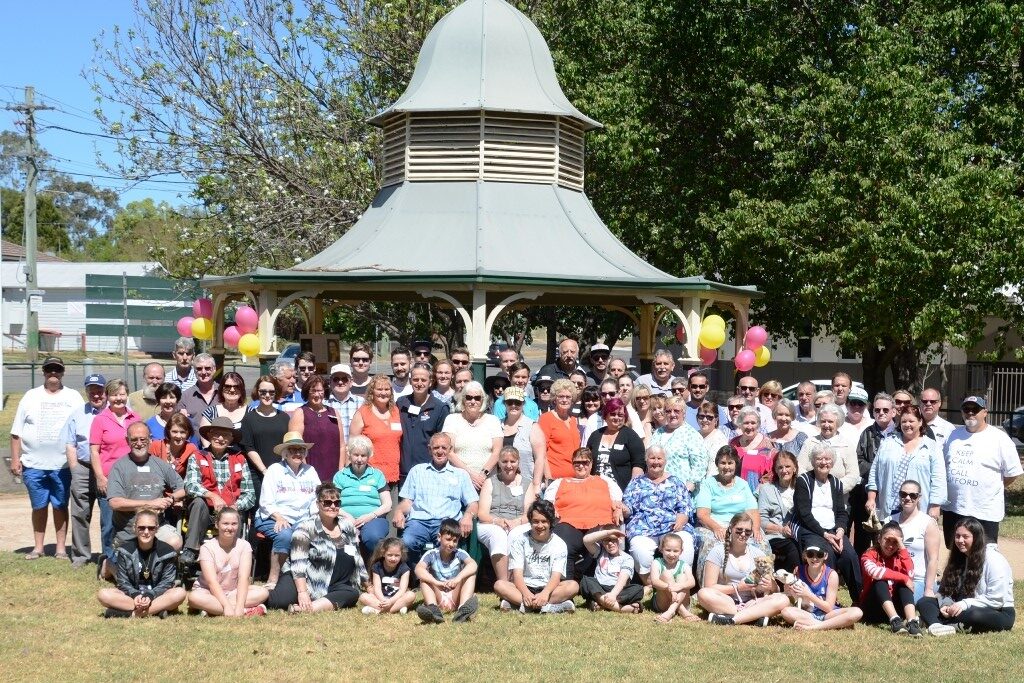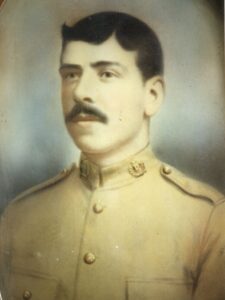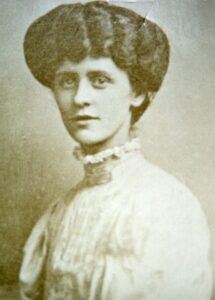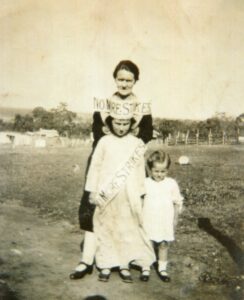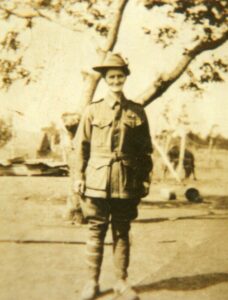by Clarrie Neal and Graham Britton
2017 marked 100 years since John and Harriett Britton first came to the Riverstone district. To commemorate this event, on 1 October 2017 around 100 of their descendants and their families gathered at the Lions Park in Riverstone for a family reunion. In this article we share some of the Britton family history.
The family name of Britton was synonymous with the Riverstone district throughout the 1900s. John James Frost Britton was born in Kilburn, Middlesex on the 9th November 1878. At the age of 20 he enlisted in the Army in the 6th Battalion Middlesex Regiment where he served a period of six years. Shortly after his discharge he married Harriett Susannah Todd on the 12th June 1905, and then worked as a fitter with the London Electricity Council until 1910 when they decided to migrate to Australia.
He and Harriett, who preferred to be known as Sue, along with their first child Arthur aged two months, left England aboard the S.S. Moravia and arrived in Melbourne on the 25th April 1910. After serving a short period at the Army training camp at Albury he worked at the Royal Military College, Duntroon for the next seven years. He then enlisted in the Australian Imperial Expeditionary Force Home Service where he served 18 months as a Concentration Camp Guard at Holsworthy.
John and Sue and their five children came to Riverstone in 1917 where they bought land ‘over the creek’ between The Avenue and York Road. It was here where they continued to raise their family that had now increased to eight children, having lost four other children as infants, including Stanley who died of influenza in 1919. John worked with Blacktown Council and for varying periods at the meat works.
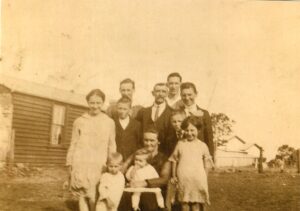
Back Row: Arthur and Les.
Middle Row: Eva, Percy, John and Wally.
Front Row: Frances, Dora, Harriett, George and Mary.
With the boys of the family all keen Rugby League players it was only natural that their mother became an ardent supporter of the game. It was in this supporters role she gained herself quite a reputation, particularly in matches played at Riverstone where she always stood on the same spot on the sideline. She became well known for her forays onto the field and with her freely given advice to all linesmen, referees and opposition players.
Family members recall the day her eldest son Arthur was flattened in a tackle and the referee took no action. Being the ever protective mother she immediately ran onto the field and attacked the ref with her umbrella. The game was held up until order was restored.
An historical article on the Riverstone Club printed in the Rugby League Week magazine on 16th July 1977 recalled –
| One of the Butchers most colourful characters was a Mrs. Britton, an elderly lady who always stood in the same spot at the Riverstone games. Mrs. Britton was a health hazard to the opposition players. She often used her umbrella to trip players running up the sideline and several times clobbered them with the brolly. |
Harriett died on the 27th June 1942 and was buried at St. Bartholomew’s cemetery at Prospect. John died in 1955 and was cremated at Rookwood.
|
|
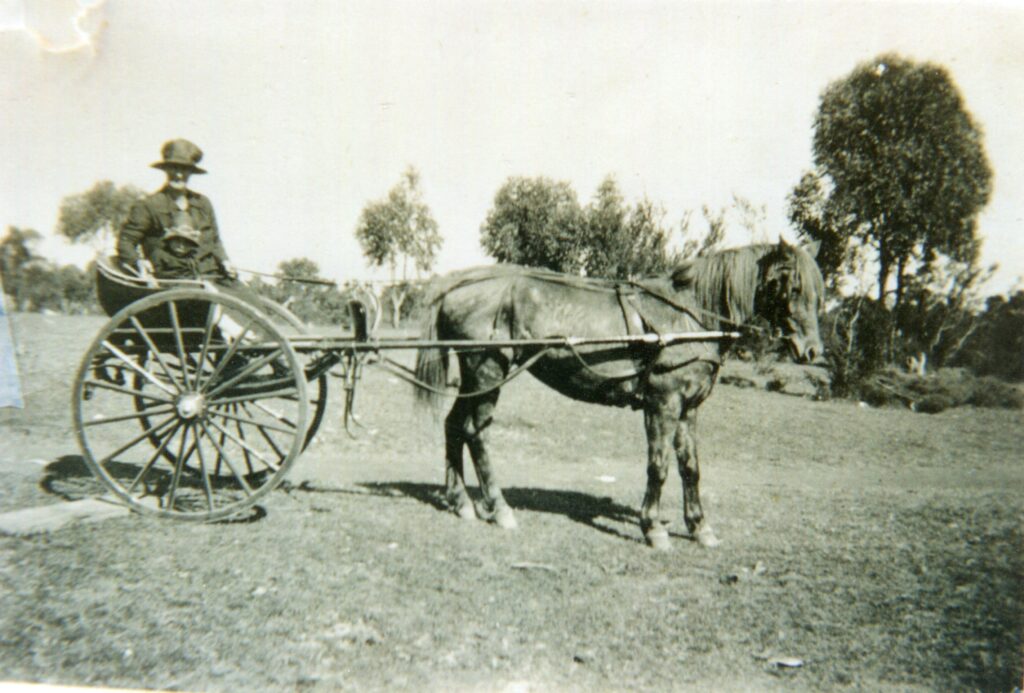
John and Harriett’s eight surviving children were –
Arthur – born in England 24th December 1909 and arrived in Australia just two months old. He lived in Piccadilly St. with wife Norma and son Ken; he worked all his life in the fitters shop at the meat works. He loved Rugby League and is recognised as one of the best fullbacks to have ever played for Riverstone.
Les – born at Prahran, Victoria, 5th May 1911. Les also loved Rugby League and at times played for Riverstone, Blacktown and for Barellan in the Group 17 competition. It was at Barellan in 1934 that he met and married Eunice Patton. They came back to Riverstone and lived “over the creek” in Lytton St. for several years before moving into the middle terrace house, next to the Royal Hotel.
In 1946 the family moved into a new Housing commission home in Garfield Road. It was here that Les and Eunice continued to rear their 11 children – Joan, Doreen, Stanley, Geoffrey, Graham, Annette, Lynette, Michael, James, Robert and Patricia.
Wally – born 7th September 1912 at Duntroon. Wally married Ellen Bolton and they had four boys, Ray, Laurence, Alfred and Gordon. He became well known in the district when he worked many years for Charlie Fisher delivering bread to the local residents. In later years he left Riverstone to live on the Central Coast.
Eva – born 15th January 1914 at Duntroon. Married Stewart Cumming and lived in Denmark Street where they raised their nine children – Greta, John, Norma, Nora, Beverley, Sue, Lorraine, Christine and Keven. The family moved to Brunswick Heads in 1964.
Percy – born at Duntroon 6th May 1915 and attended both Marsden Park and Riverstone Public Schools. He left school aged 14 and got a job at the meat works in the cattle yards, running the cattle up to the ‘knocking box’.
With his size and strength Percy at the age of 18 became the ‘knocker’, using a large sledge-hammer to stun the cattle, a job he was to do all his working life. In later years the job was made easier when a captive bolt pistol was used to stun the cattle.
Percy was one of those men that kept a tally of how many cattle had been knocked, and how many were left. All the employees on the slaughter floor, ever anxious to know what time they would finish, always had one question to ask Percy “how many to go, Percy?”. The noisy environment of the area caused Percy to suffer in later years from a marked loss of hearing. It caused much amusement in later years that Percy, even when asked what time it was, or who won the football yesterday, he would always respond with the number of cattle left.
He was a wonderful worker, always arrived at work 30 minutes prior to starting, and rarely had a day off. He was given a gold watch to commemorate his 51 years of service at the meat works. Even after his retirement, he continued his association with cattle by travelling around the country sale yards with George Watson, the company cattle buyer.
Percy married Beryl Tuckwell in 1942 and they had three sons – Barry, John and Douglas. Percy was known by the Britton families as a gentle giant, he became a town identity, and everybody knew him.
George – was one of twins born in Riverstone on the 31st August 1918, the other twin Susan, died aged three months. George was another of the Britton boys to be a good footballer, playing many years with Riverstone and was a member of their Premiership winning Reserve grade team in 1947.
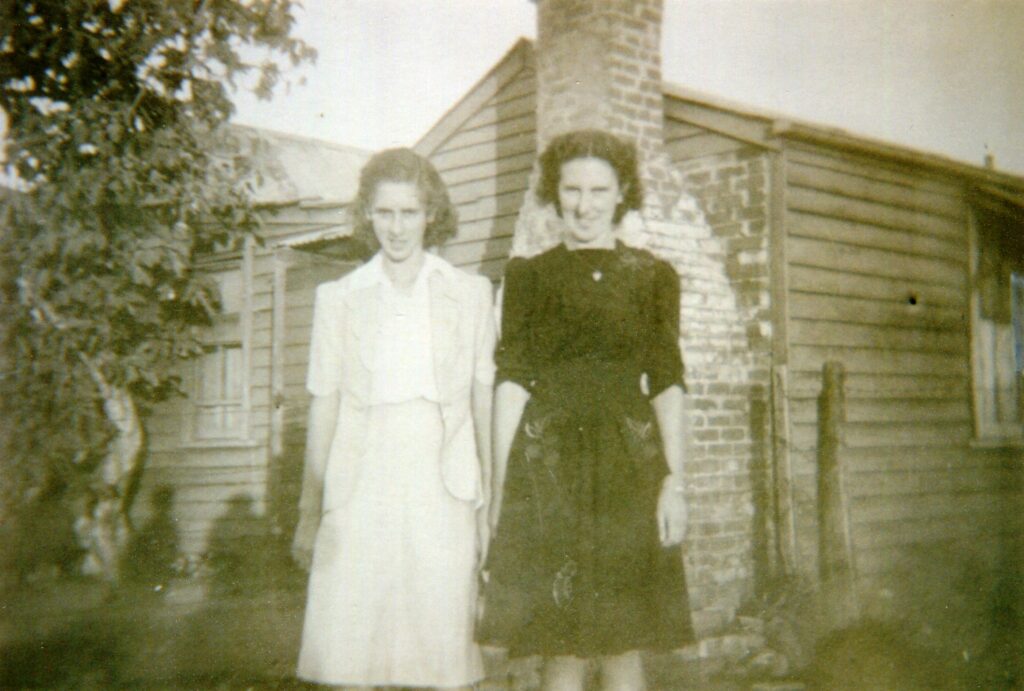
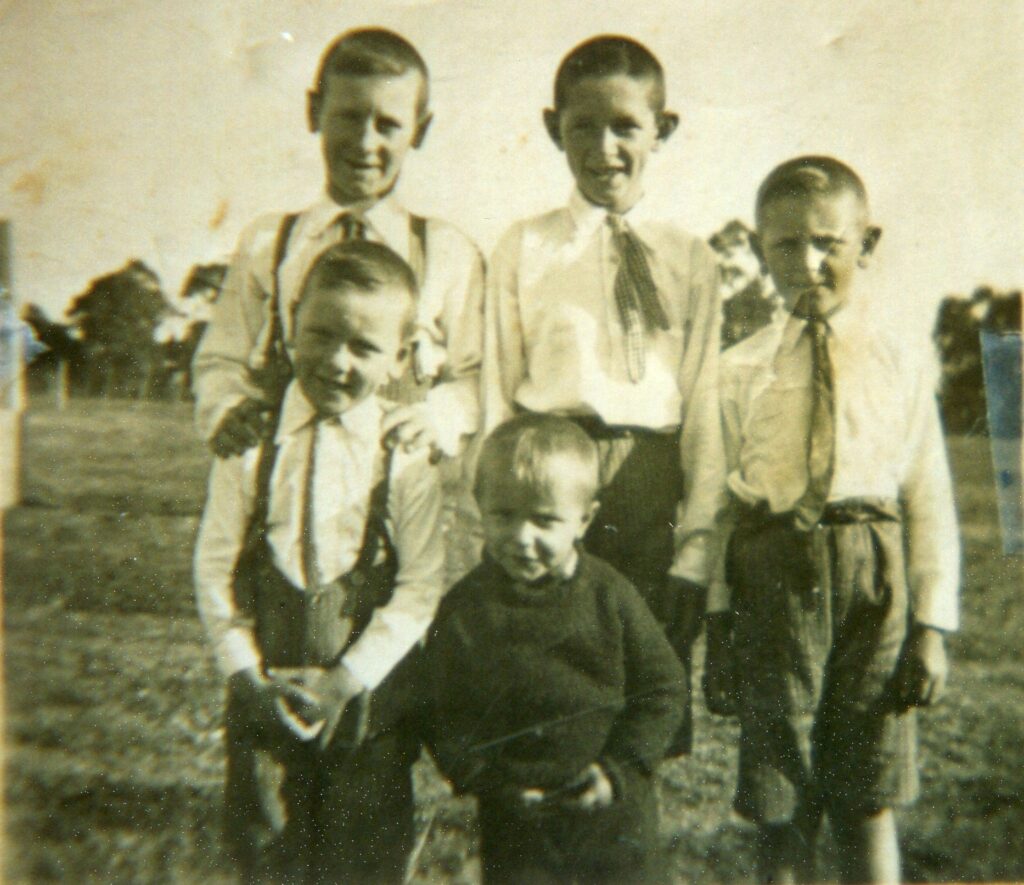
George married Phyllis Wagner and they lived in Creek Street where their five young children were born. Tragedy was to strike this family when in 1954 George, aged 36, was killed in truck accident at Yass.
To help support the family Basil Andrews and Laurie Moulds organised a gymkhana in the park at Riverstone, with side-shows, trotting races and Jimmy Sharman’s boxing troupe.
Mary – born in Riverstone 10th December 1921. Married Robert Alderton and lived in the old house in The Avenue where they reared their three children Brenda, Sandra and Robert
Frances – born in Riverstone 12th June 1926, married Norm Green and lived in Piccadilly St, where they reared their three children – Carol, Wendy and Geoff.
Frances worked in the General Office at the meatworks for several years prior to leaving Riverstone to take on a dairy farm at Gloucester, on the North Coast.
Frances is best remembered by the family for the day when asked to gather the firewood she collected all the surveyors pegs from a neighbouring development.
This article was compiled by Clarrie Neal from information and photos provided by Graham Britton and Frances Green (nee Britton).
Graham Britton was the driving force behind the 2017 Britton family reunion. Graham is better known to all his friends as “Thrippence”. He was given this nickname by the publican Paddy Morgan when one day as a three year old boy he rode his dinky into the yard of the Royal hotel. When Paddy asked for his name, a shy Graham remained silent; Paddy responded saying “as my little fox terrier there is called “tuppence” and you’re not much bigger, we will call you “Thrippence”. The name stuck.
